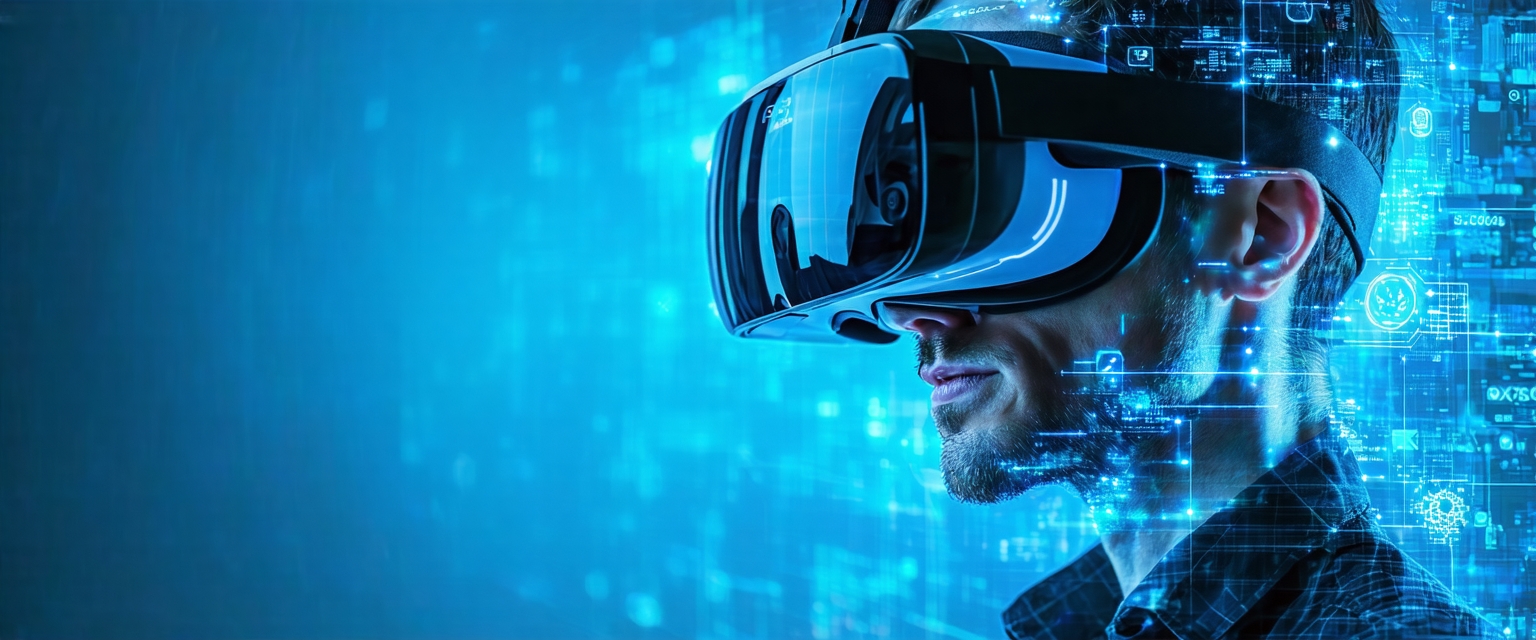






Virtual Reality (VR) and Augmented Reality (AR) technologies, once relegated to the realm of science fiction, are rapidly maturing. Driven by advancements in computing power, display technology, and sensor capabilities, they are increasingly integrated into various aspects of our lives. This feature analyzes the current state of VR/AR, exploring its recent developments, challenges, and potential impact on the future.
Recent advancements focus on improved hardware and software. Headsets are becoming lighter, more comfortable, and more affordable, leading to wider adoption. The development of more realistic haptic feedback systems is enhancing immersion. On the software side, improvements in rendering and interaction design are making VR and AR experiences more intuitive and engaging. This includes advancements in AI-powered content generation and user interfaces tailored for specific applications. Meta’s Quest 3 is a prime example of this hardware advancement trend.
Industry analysts at IDC predict that the worldwide market for AR/VR headsets will reach $117 billion by 2027. (Source: IDC Worldwide Quarterly Augmented and Virtual Reality Headset Tracker, Q1 2024). Professor Michael Madary, a leading researcher in VR ethics at the University of Oxford, highlights the potential for VR to exacerbate existing societal biases if not developed responsibly. (Source: Madary, M. (2023). The Ethical Implications of Virtual and Augmented Reality. *Journal of Artificial Intelligence Research*, 87, 123-155).
The opportunities for VR/AR are vast, spanning entertainment, education, healthcare, and manufacturing. However, risks also exist. These include potential for addiction, privacy concerns related to data collection by headsets, and ethical issues concerning the use of deepfakes and virtual worlds. Cybersecurity is also a major challenge, requiring strong security measures against unauthorized access or manipulation of data and virtual environments.
The future of VR/AR likely involves greater integration with other technologies like 5G, AI, and the metaverse, leading to more immersive and interconnected experiences. More research into the long-term effects of extended VR use is necessary.